10 important missions in the history of NASA
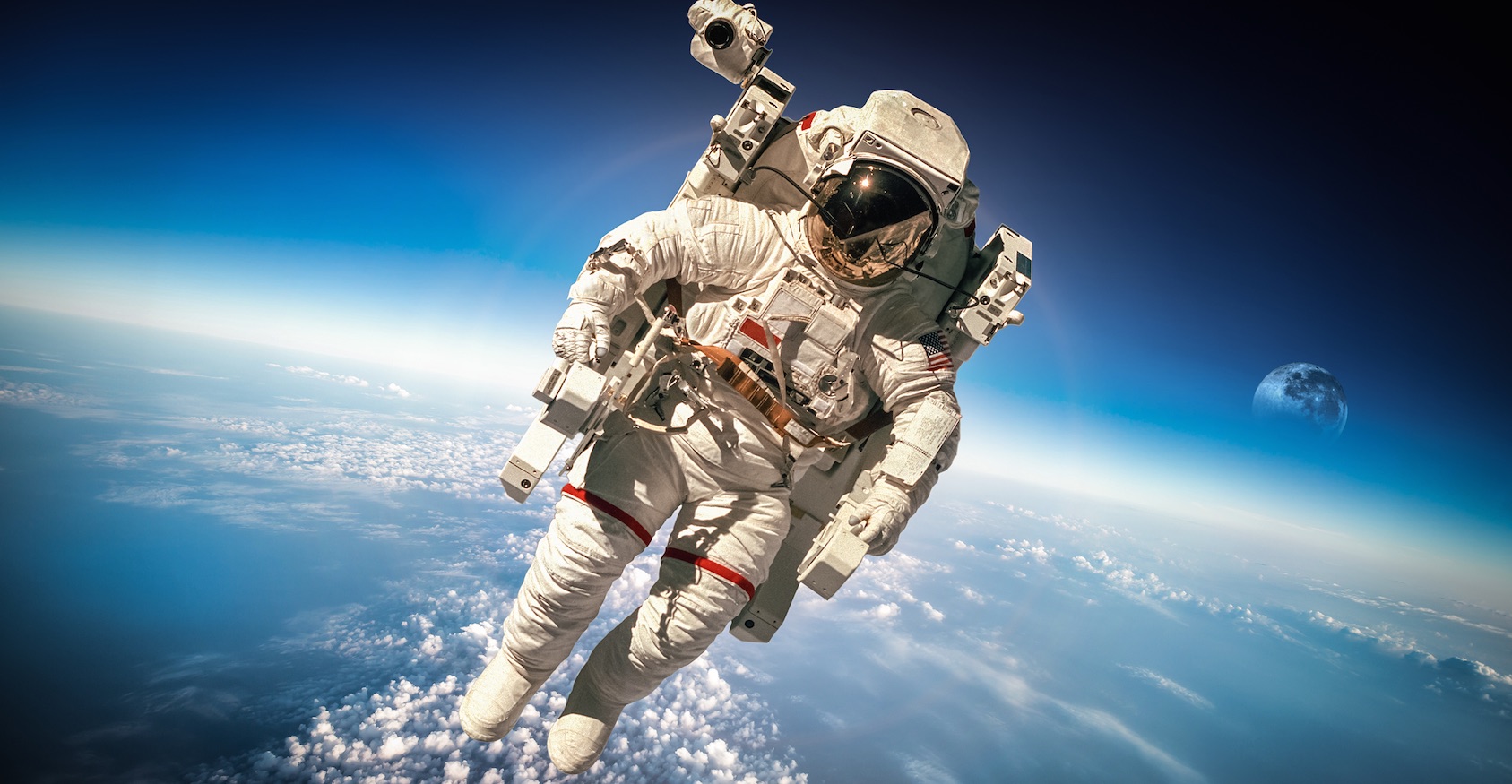 Source:
Source:
Since half a century ago created the National Aeronautics and space administration (NASA, NASA), it has launched hundreds of missions into space. Since the probes that touched the borders of our Solar system to manned capsules that gave impetus to the development of technology, a lot — the merit of NASA as the successor and continuer of the space race.
Here is a list of the most important and coolest NASA missions.
the
the WMAP Satellite
Did you know that mankind has the young infant Universe?
We can't get any images of the moment of the Big Bang. In the first few hundred thousand years of life, the Universe, the substance was too hot and tightly shot down, so the photons can penetrate anywhere. You can see only a few light years in any direction, before the Universe cleared a giant cloud of hydrogen is not allowed to look further.
However, after about 380,000 years, cool and spread, and the first light could escape from his prison. The light from a very tender age of the Universe falls to Earth from all parts of the sky. It shows the Universe at its early stages and is known as the radiation of the cosmic microwave background (CMB).
Since its discovery, scientists set out to map hot and cold spots CMB, to see whether they correlate with experts ' forecasts. Data were collected only a few decades ago. NASA had to launch a probe Wilkinson Microwave Anisotropy Probe (WMAP), scientists have to get a quality radiation image in high resolution.
The results of the probe in line with expectations and confirmed that the temperature of the Universe is almost 14 billion years ago was almost uniform. It is amazing that we even managed to extract information about such distant in time and fact.
The Satellite was launched on 30 June 2001 at 3:46 PM EDT time on Board the launch vehicle Delta II-7425-10. In April 2002 WMAP completed its first observation of the CMB. In February 2003 issued the first quality image of the CMB and work with the analysis results.
Research WMAP are among the most used and quoted in the history of space science.
thethe Vikings 1 and 2
Until 1976, the US has never successfully landed a probe on another planet. Parachutes and other landing methods often did not work, and many millions of vehicles sent to the red planet, as a rule, broke the surface, moving at the speed of thousands of kilometers per hour.
To Bring something into Earth orbit is often difficult. It is sometimes even harder to leave Earth orbit, go into orbit of another celestial body, and then successfully land on this planet. However, this feat of engineering was performed by probe "Viking".
Devices-Gemini was launched during the month on rockets TitanIIIE/Centaur. Part of the transport was to remain in orbit of Mars, and the other to land on the surface.
Based on what we observed from the Earth, scientists came to the conclusion that life was not supposed to exist on Mars. But we have never been on Mars, so confidence in this conclusion there was none. When the probe sent the first images and the results of the experiments NASA, all confirmed. On Mars there was found no trace of little green men or microbial life.
theFriendship 7
By the beginning of 1962 the United States conducted in space a little more than 30 minutes, and the clock counting down the time until the end of the decade, knocking furiously. The US sent a man into orbit, and it was critically important to get to the moon and to circumvent the Union. And that was about to change with the launch of the Friendship 7, America's third mission to Mercury.
Lieutenant Colonel John Glenn, a military test pilot, had to send a new Atlas rocket into Earth orbit. The rocket soared 20 February 1962 and successfully entered the orbit of the Earth five hours. Sam Glenn successfully landed 1,300 miles South of Bermuda.
Mission Objectives on testing new missiles, to study the orbiting of the Earth and proof that man can function in space, was completed successfully.
the"Gemini-IV"
If Mercury missions taught Americans the fundamentals of motion along the orbit, the mission "Gemini" showed the equipment required for the flight to the moon. One of the most important skills on the moon was extravehicular activity or walk in space, when it was time to leave the capsule and out into the vacuum of space. And since the United States never made this before, it is extremely important to practice before stepping on the moon.
Edward white II, pilot of the U.S. air force, was to become the first American in space. Together with his friend James Macdevitt they launched 3 June 1965 on the TitanII missile. Space walk of white lasted 36 minutes and took place without incident.
The Goal of the assessment mission long-term effects of space flight (mission lasted four days) and implementation of the space walk was successful. However, the capsule landed 80 kilometers away from the target. (The astronauts forgot that the Earth revolved beneath them, when he expected the trajectory to return back).
theSTS-1
After the success of the Apollo program, NASA went in search of what would have been possible to pull off such a scale. The idea of the space Shuttle — reusable spacecraft that landed like a plane and took off like a rocket. This transport had to withdraw the experimental setup and satellites into orbit and stay in space for weeks. Planned construction of several shuttles, the first of which was "Columbia".
Taking Off April 12, 1981, piloted by John young and Robert Cippenham a massive rocket climbed to orbit on 166 nautical miles. The mission lasted two days and six hours, during which was checked of the ship. Then it slipped down and came in for a landing at Edwards AFB in California. At that time the Shuttle and its tank painted white, not black, white and orange flowers, which are later used.
theISS
The international space station is an important symbol of international cooperation. In the late 1990s, was delivered the first module of the station, and within ten years it was completed.
NASA Space Shuttle was an important element in the construction of the station, they are taken out of astronauts and production parts from all over the world to orbit to work on the station. The first crews began to arrive in the beginning of 2000-ies. NASA also played a significant role in the research and development of details and construction methods here on Earth.
Currently, the ISS is at an altitude of over 350 km and is moving at a speed greater than 8 kilometers per second.
thethe"Voyager" 1 and 2
Running late in the summer of 1977 on Board Titan rockets-Centaur, the probes Voyager was supposed to meet with four unexplored planets-giants of the outer Solar system: Jupiter, Saturn, Neptune and Uranus. Probes explored these planets for decades.
Currently, the "Voyager 1" is in interstellar space, "Voyager 2" in heliopause. Being at a distance of 20 billion km from Earth, "Voyager 1" is the most distant man-made object in the history of mankind.
Both the probe was equipped with a message from Earth to aliens that might intercept the spacecraft, because it can survive billions of years of travel through interstellar space. All these years, the probes transmit data. But it soon stops.
the"Curiosity"
Launched on the Atlas V rocket in late 2011, the Mars Rover "Curiosity" brought the most advanced (and most expensive) scientific instruments and systems ever created by engineers.
The Rover successfully landed in August 2012, thanks to an innovative system of landing. "Curiosity" was dropped by parachute. Just before landing a parachute release, and land Rover has brought rocket engines.
The Goal of the Rover is to repeat the success of the missions "Viking" and to determine whether there existed on Mars when conditions are suitable for microbial life. "Kyuriositi" found some evidence that Mars once could live microscopic life, but the experiments are still not completed.
the"Apollo-8"
The Goal of President Kennedy to land a man on the moon before the end of 1960-ies — not enough time. To the very end of the decade, NASA was moving at an incredibly fast pace.
"Apollo 8" was the first manned spacecraft that left Earth orbit and traveled to the moon. If he missed, he would forever remain in a cold space. If it was too close hit would be in the moon.
The Mission was sent on 21 December 1968, together with the most powerful rocket in history, the Saturn V. "Apollo-8" successfully entered the lunar orbit on the night before Christmas 1968. Stream journey took place on all continents of the globe.
Around the moon ten times, "Apollo-8" paved the course for his home, and successfully splashed down in the Pacific ocean on December 27.
the"Apollo 11"
NASA consider it a feat of human technology — the greatest of all — and difficult to disagree. Landing on the moon by "Apollo 11" in 1969, became the most famous and monumental event in the history of NASA. The beginning of the mission had on July 16, 1969. The crew was Mike Collins, buzz Aldrin and Neil Armstrong. Start and exit the lunar orbit went without a hitch, and have seen hundreds of millions of people, clinging to their TV screens.
The Device consisted of two parts: the command module "Columbia" which was to remain near the moon and return people home on the Earth, and "Eagle", the lunar module, which was supposed to land on the moon. The descent took place on July 20.
More than 500 million people on Earth observed...
Recommended
The Americans on the moon: what everyone should know?
the Upcoming cosmonautics day is my favorite holiday. It marks the triumph of the human mind: in just four thousand years Homo Sapiens went from hunter-gatherers to space explorers. 12 April 1961 Soviet cosmonaut Yuri Gagarin became the first man in ...
Why are some galaxies spiral shaped?
you Know what surprised me the most? The fact that we perceive the surrounding world as it is. Animals, plants, the laws of physics and the cosmos are perceived by many people as something so mundane and boring that they invent fairies, ghosts, monst...
Astronomers were able to see the death of another star system
In the cosmic ocean drifts a lot of mysteries about the existence of which we are unaware. One of these was uncovered five years ago, when astronomers have discovered a lonely star at a distance of 570 light years from Earth, the brightness of which ...
Related News
Spaceship graveyard: what is it and where is it located?
the Most distant from land point on Earth has many names, but most often it is called point Nemo, or oceanic pole of inaccessibility. It is located at the coordinates 48°52,6' South latitude and 123°to 23.6' West longitude. The cl...
CERN: our Universe shouldn't exist
"All our observations find a complete symmetry between matter and antimatter, why our Universe shouldn't exist", says Christian Smorra from the collaboration BASE at the research center CERN. "There has to be asymmetry, but we jus...
Vector, a rival of SpaceX, will make three flights next year
Aerospace company Vector has reached agreements with NASA management and received approval on three commercial launch of their rockets. All three of the launch is from the Baikonur NASA, located in Virginia — CNBC. Executiv...
India plans to launch a spacecraft to the moon in 2018
In recent years more and more of the global aerospace agencies are beginning to plan missions to explore the moon. And many will be, not that soon. But recently Indian space research organization (ISRO) said it plans to launch the...
Former employees of SpaceX will begin to print the rocket on 3D printers
What will they do in order to reduce the cost of production of space rockets some sort of time ten! Here, for example, former employees of SpaceX and Bue Origin founded a start Space Relativity, the purpose of which — print ...
Five NASA photos that changed the world
When humanity first broke the bonds of gravity and overcame the limits of our planet's atmosphere, we saw the Universe in its present splendor, which was never seen. Now we are no longer limited to our place of stay on the Ground ...
Blue Origin conducted the first firing tests of the engine BE-4
looks Like the New Glen missile, developed by the company Blue Origin, has become one step closer to its first flight, because now she really has working engines, passed the first tests. Yes, yet rejoice too early, but the work on...
The signals aliens might be too complicated for us
"each of these stars can be new York, Paris, London, and we even about it do not suspect," says Nate Tellis, University of California, Berkeley, commenting on the analysis 5600 stars, conducted by the Keck Observatory in Hawaii, w...
The European southern Observatory announced "an unprecedented discovery" in space
last week, the European southern Observatory (ESO) whetted the Internet news about the "unprecedented discovery". And finally, the organization revealed that for the first time in history, astronomers observed gravitational waves ...
The first to study a meteor, born in the Martian volcano
Today it is well known that Mars is cold, dry, and geologically dead planet. But billions of years ago, when she was young, its atmosphere was denser, and the surface was liquid water. Millions of years ago, the planet also posses...
Ion engine NASA showed a new record performance
Developed by the University of Michigan and the United States air force new ion engine for the X3 space Agency NASA has set a new efficiency record. Against the background of these news, some experts eyes lit up, and they are all ...
The head of Virgin Galactic flew SpaceShipTwo on in six months
Richard Branson, founder of Virgin Galactic, said in an interview with Business Insider that, according to the company, the spacecraft SpaceShipTwo will fly into space in the next three months. Yet without the people, but in the n...
Space mission of NASA is under threat
In recent years, space agencies around the world are planning large-scale research mission. They all require tremendous amounts of energy carried aboard the spacecraft. And if close to the Sun else can you do with a solar-powered,...
Four scenarios of the end of our planet
Nibiru. Planet X. the Apocalypse of the Mayan calendar. Split. New Great flood. An uncontrollable flame. Biblical prophecy. SUPERVOLCANO. A stray asteroid or a comet. Every few years (or even several months, depending on what part...
New observations have strengthened the mystique of a star with "alien megastruktur"
Scientists have proposed another prosaic explanation of the mysterious "star Tabby", which is already quite long for a ride to the astronomers of his strange behavior. Long mysterious darkening of stars Tabby, also known under the...
10 bizarre theories about the mysterious Saturn
Saturn is the sixth planet from the Sun and the far planets which we can see from Earth with the naked eye — is known for its beautiful rings. And if for a moment to forget about Mars, Saturn, perhaps more than any other has acqui...
10 amazing facts about "Sputnik-1", dedicated to his 60th anniversary
October 4, 1957 the Soviet Union stunned the whole world by launching into space the first artificial satellite. This week we're celebrating its 60th anniversary. A small ball that transmits a radio signal, caused panic among ordi...
Customers Blue Origin will go into space until April 2019
After the reorganization in June of this year and the first meeting of the National space Council, held earlier this week, the news broke about the future of space tourism. Bob Smith, the person in charge of the company Blue Origi...
Official: U.S. return to the moon
At the end of last month about the readiness of the American space Agency NASA to change course and move away from the Mars program in favor of the moon, if such a task is put by the current government of the United States. And it...
Reset performance: a new model for the birth of supermassive black holes
the Supermassive black holes — objects that are in the hundreds of millions or even billions of times more massive than normal stars, are perhaps the most mysterious objects in modern astrophysics. They are hiding in the hearts of...


















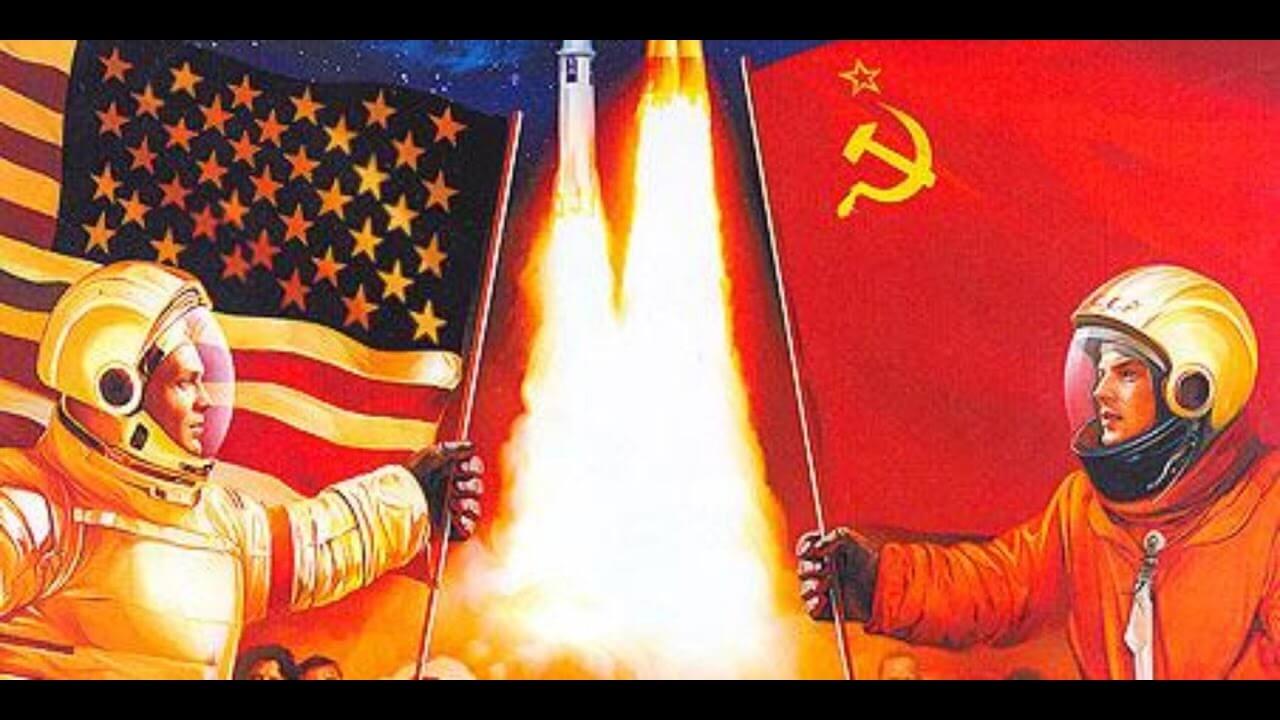
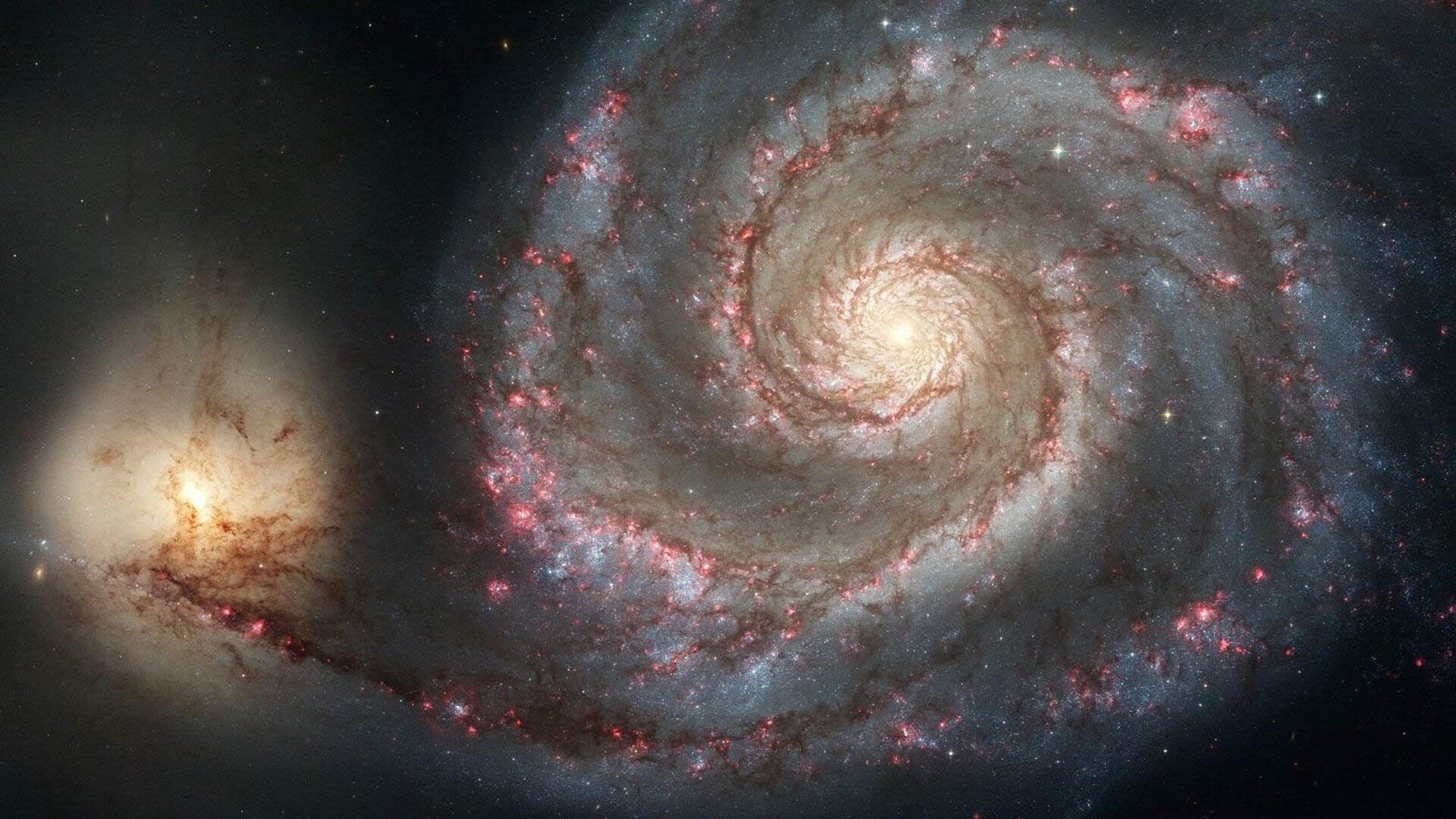
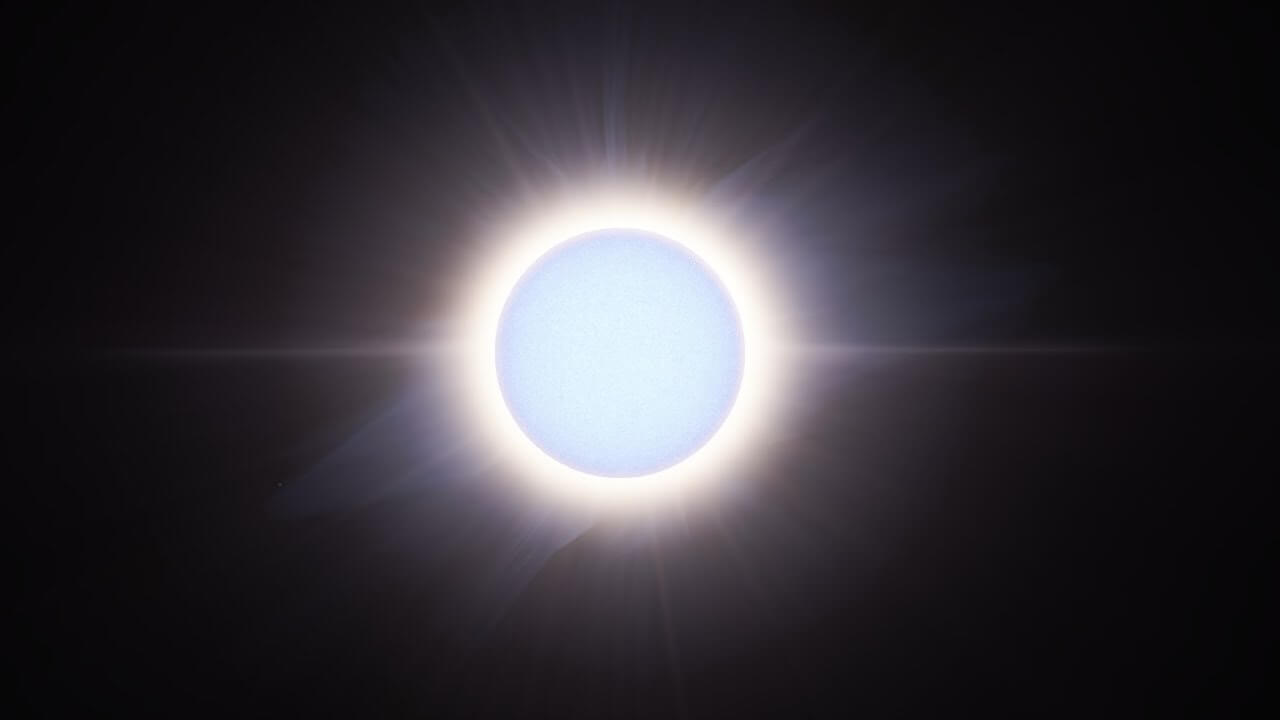
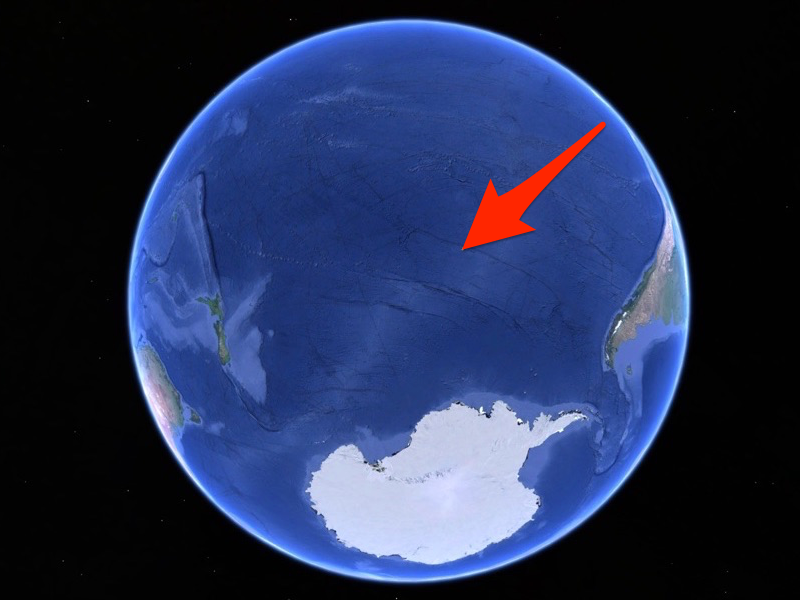
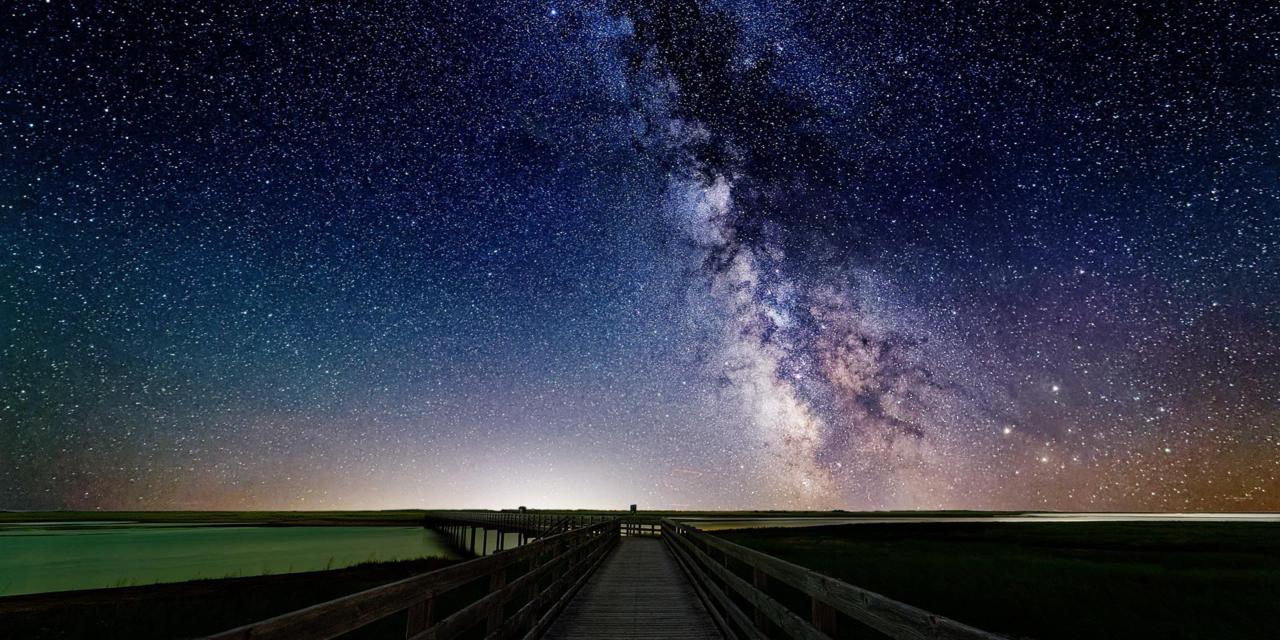
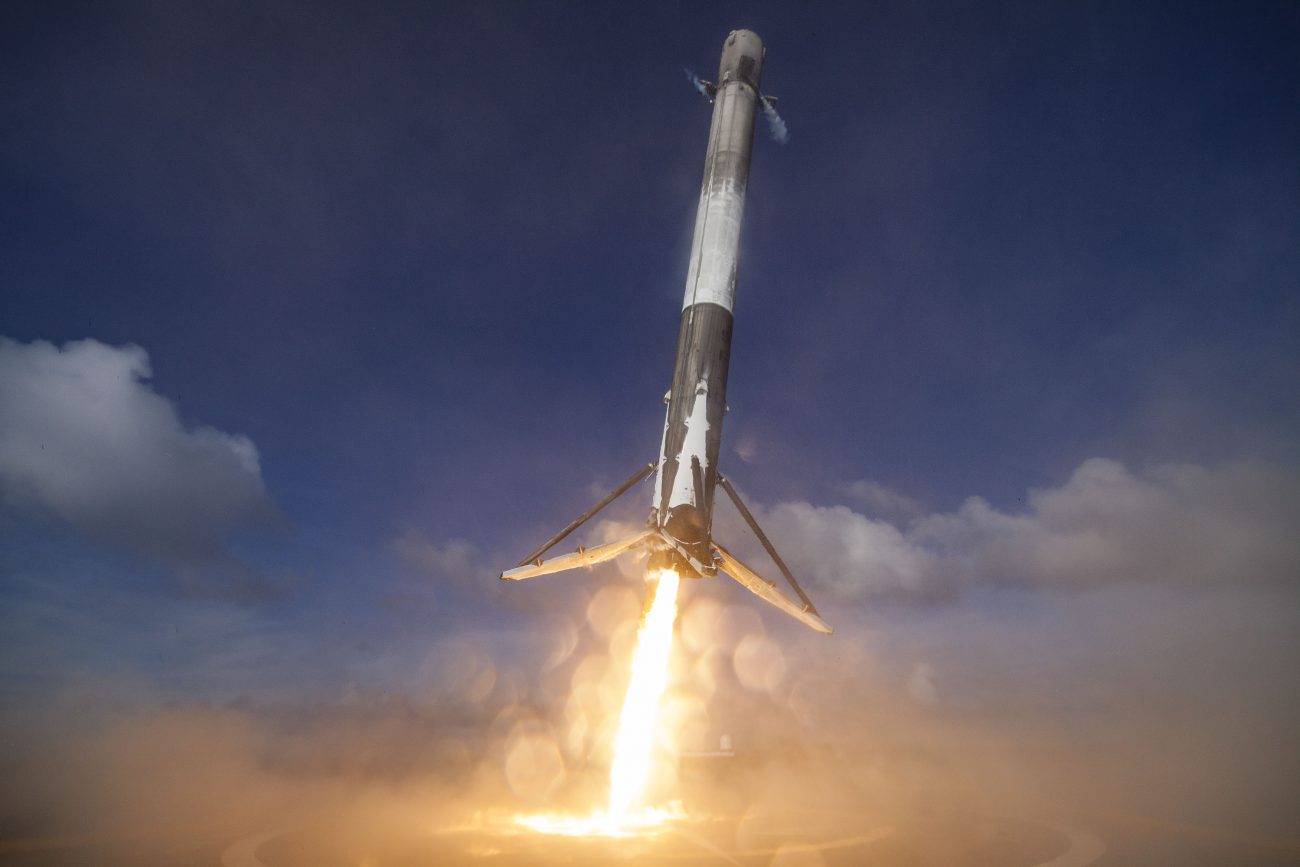
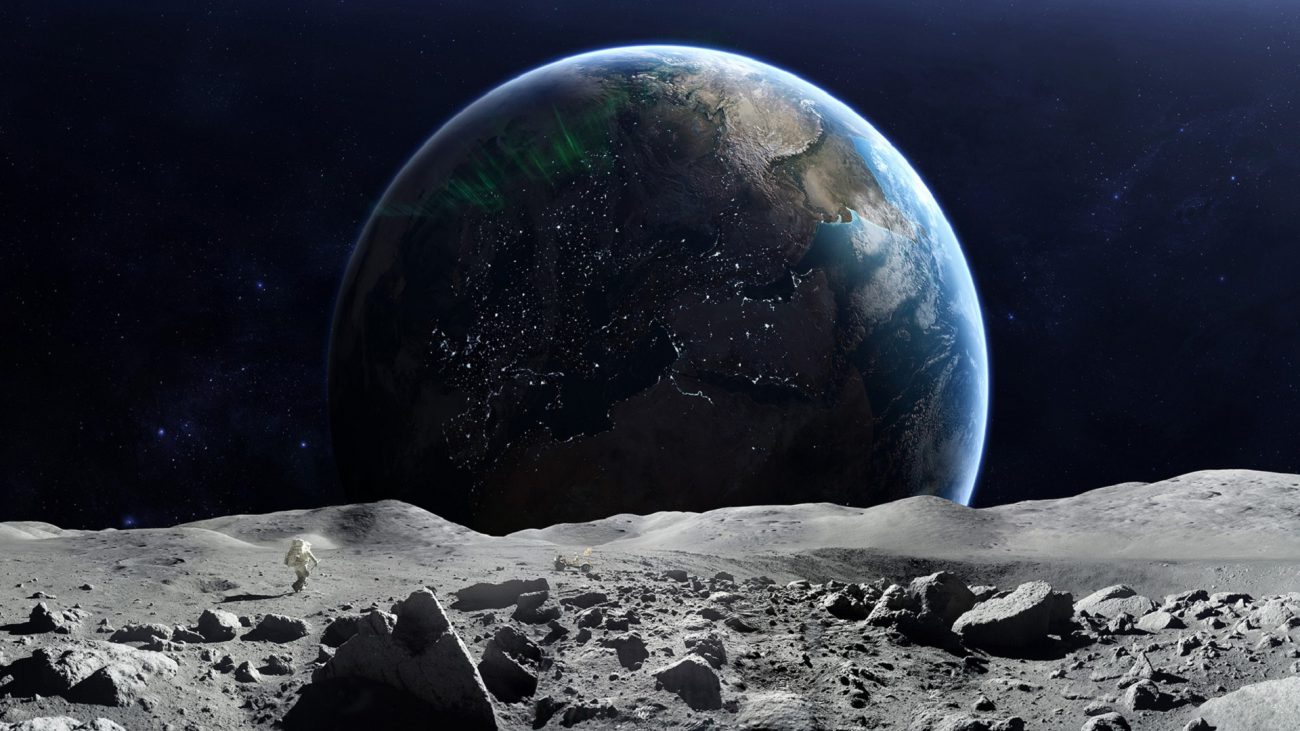
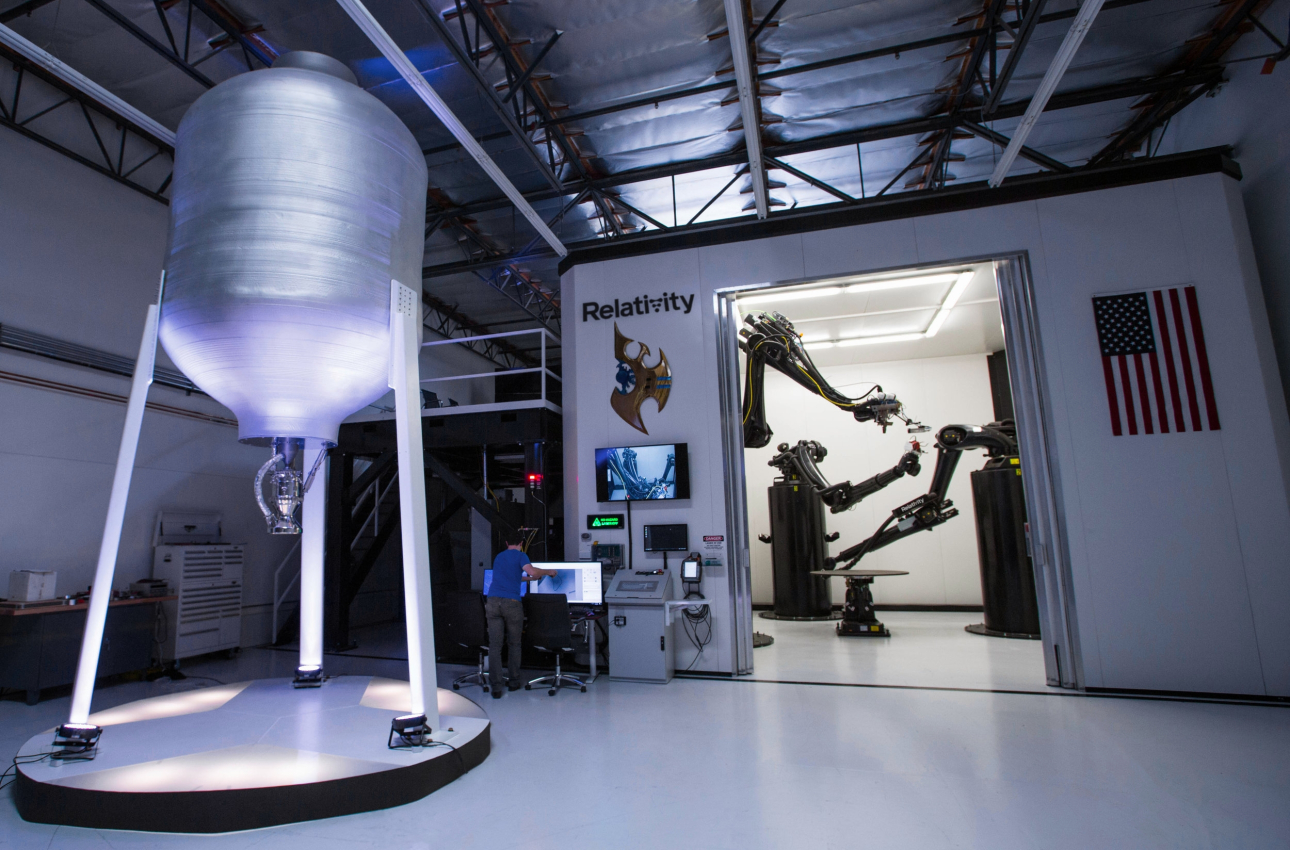
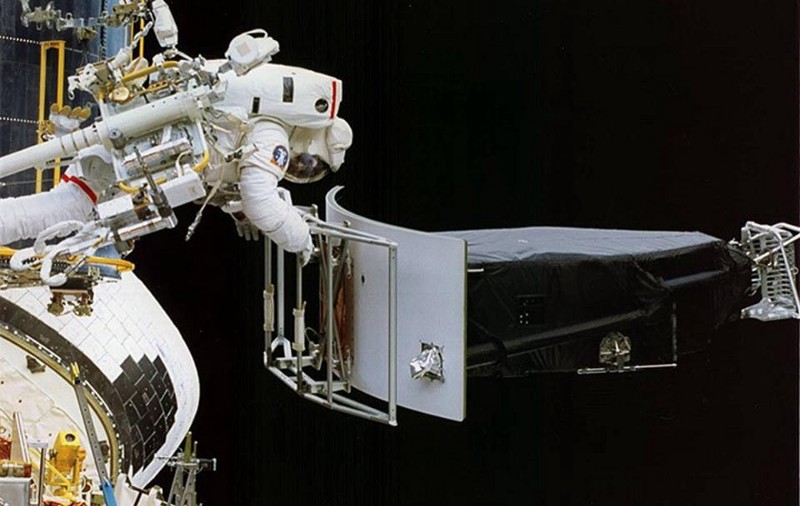
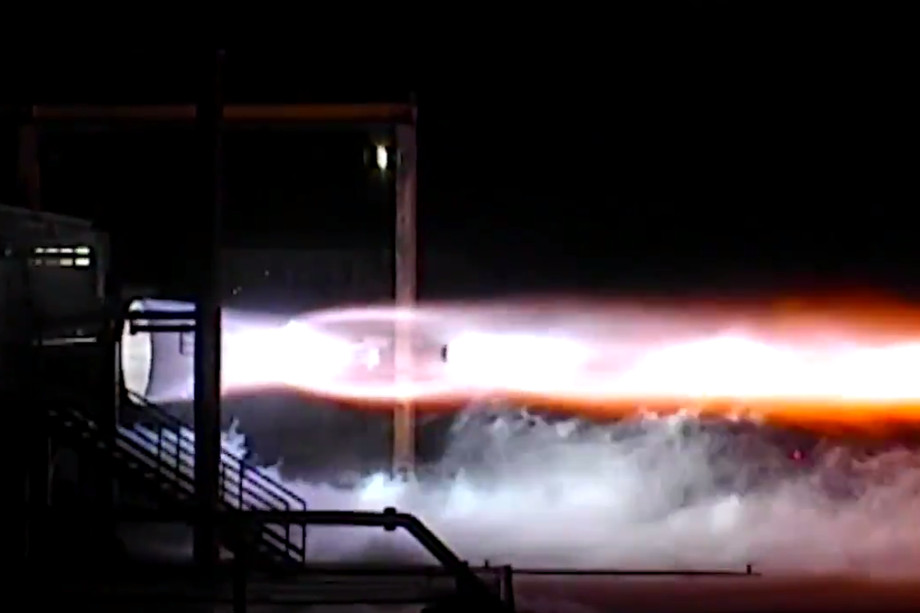
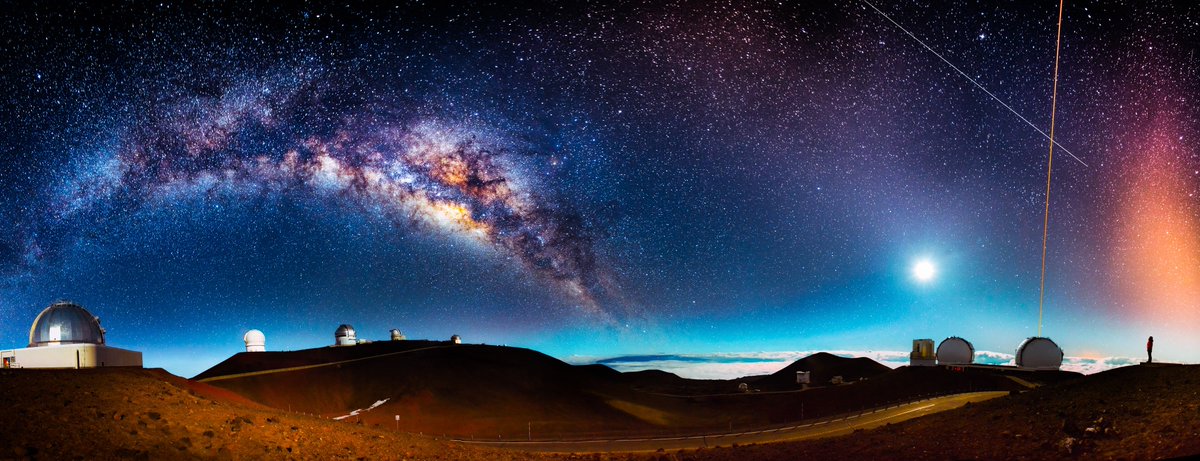
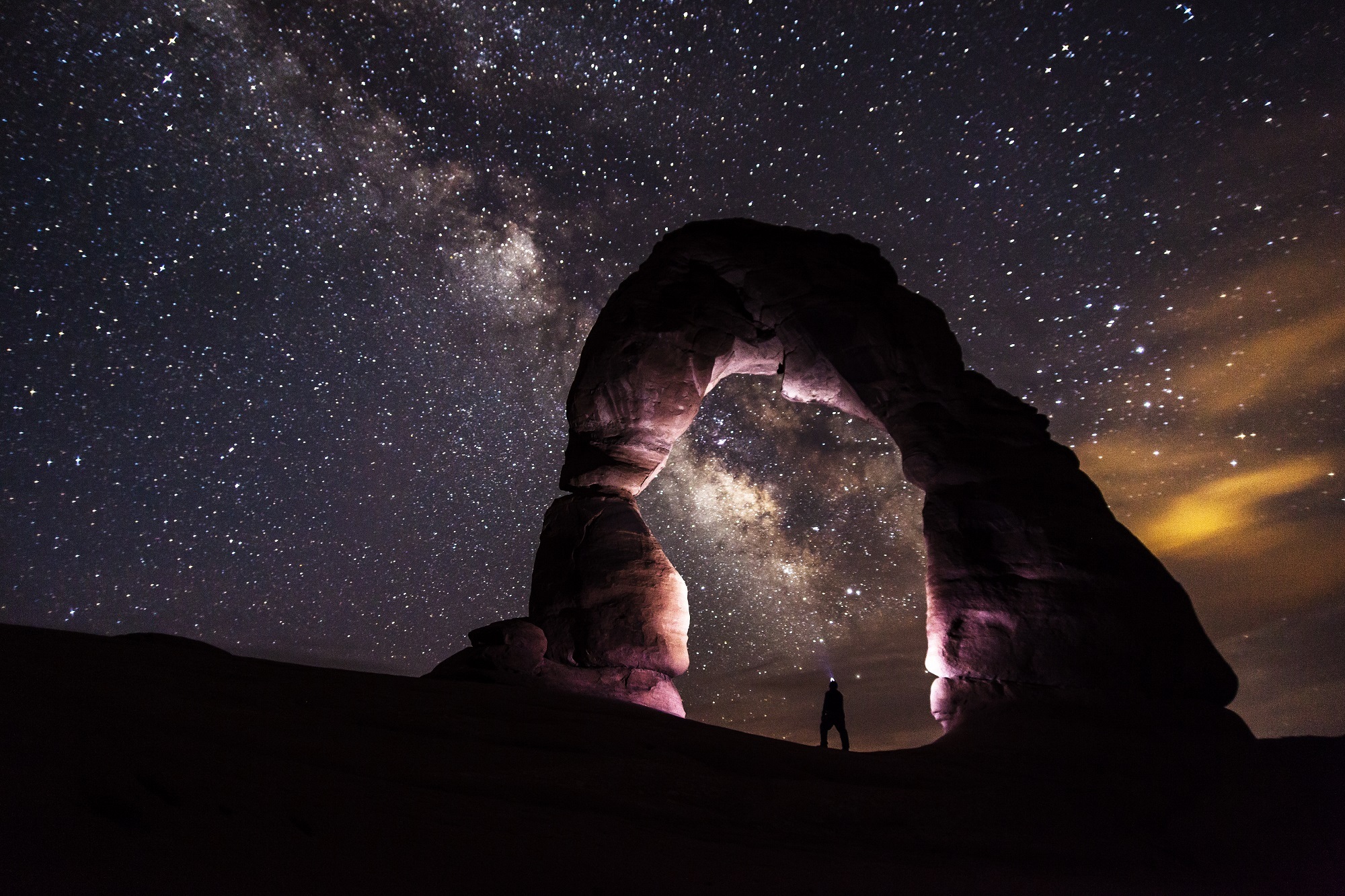
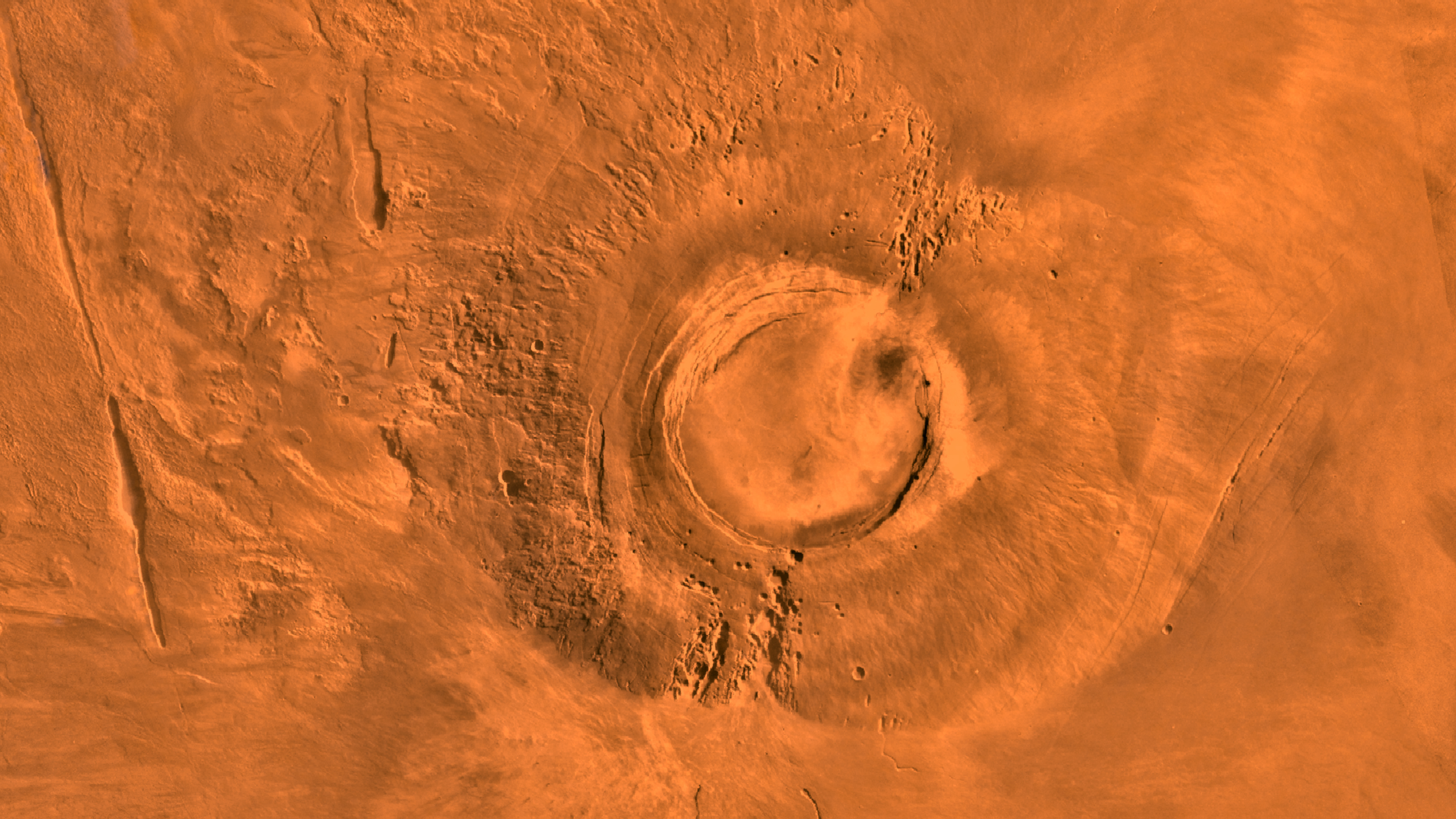
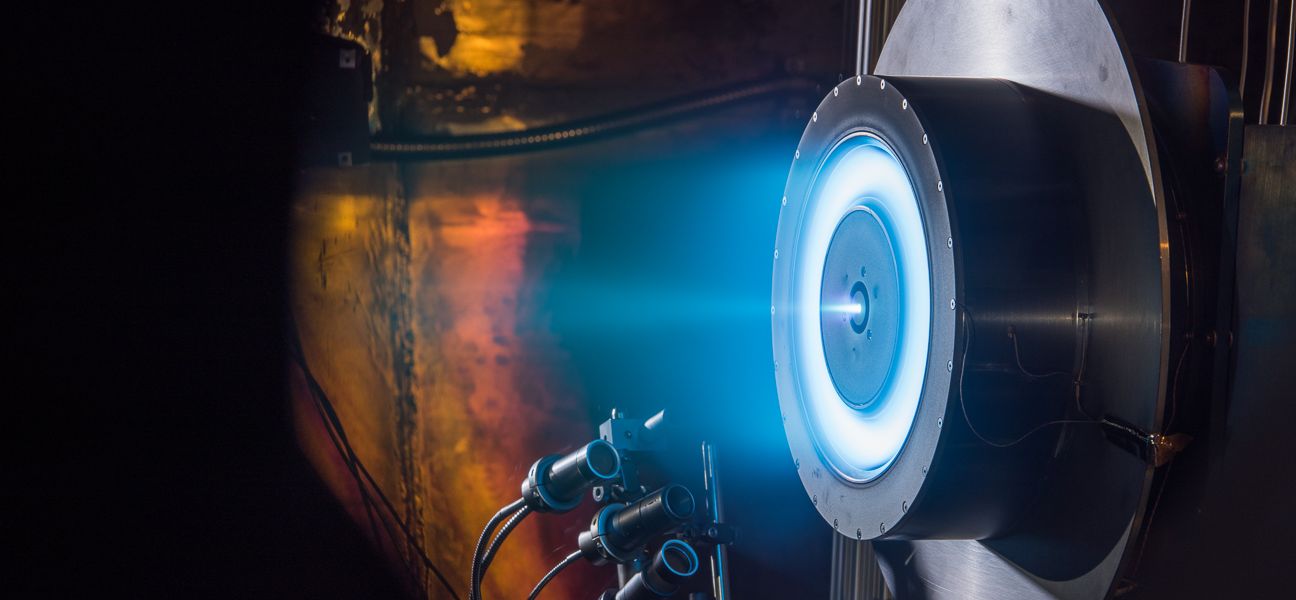
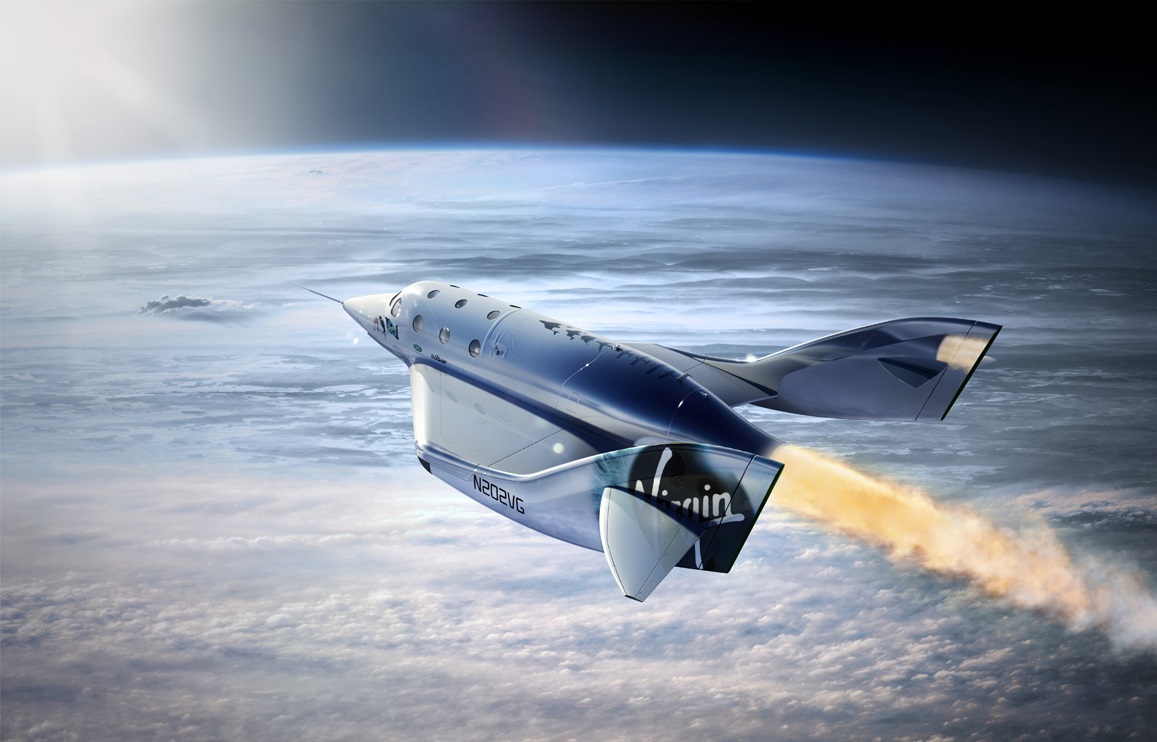
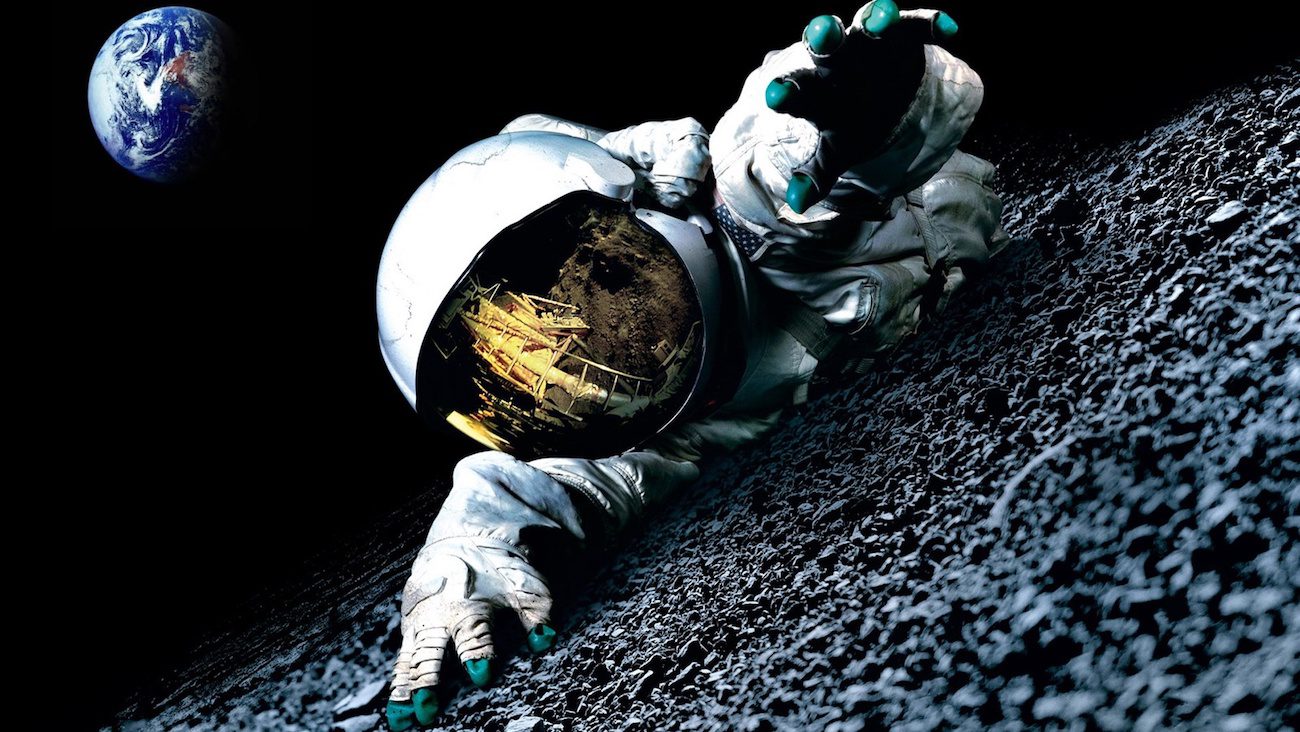
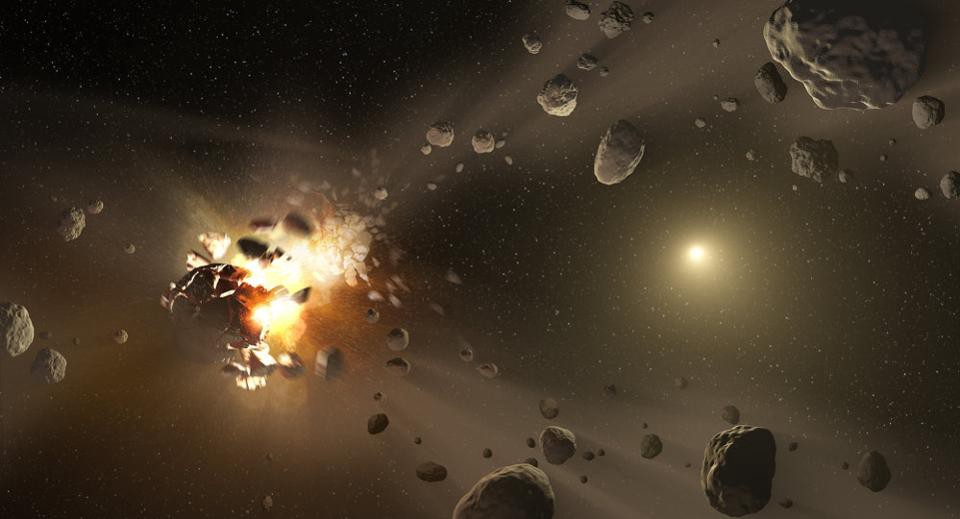
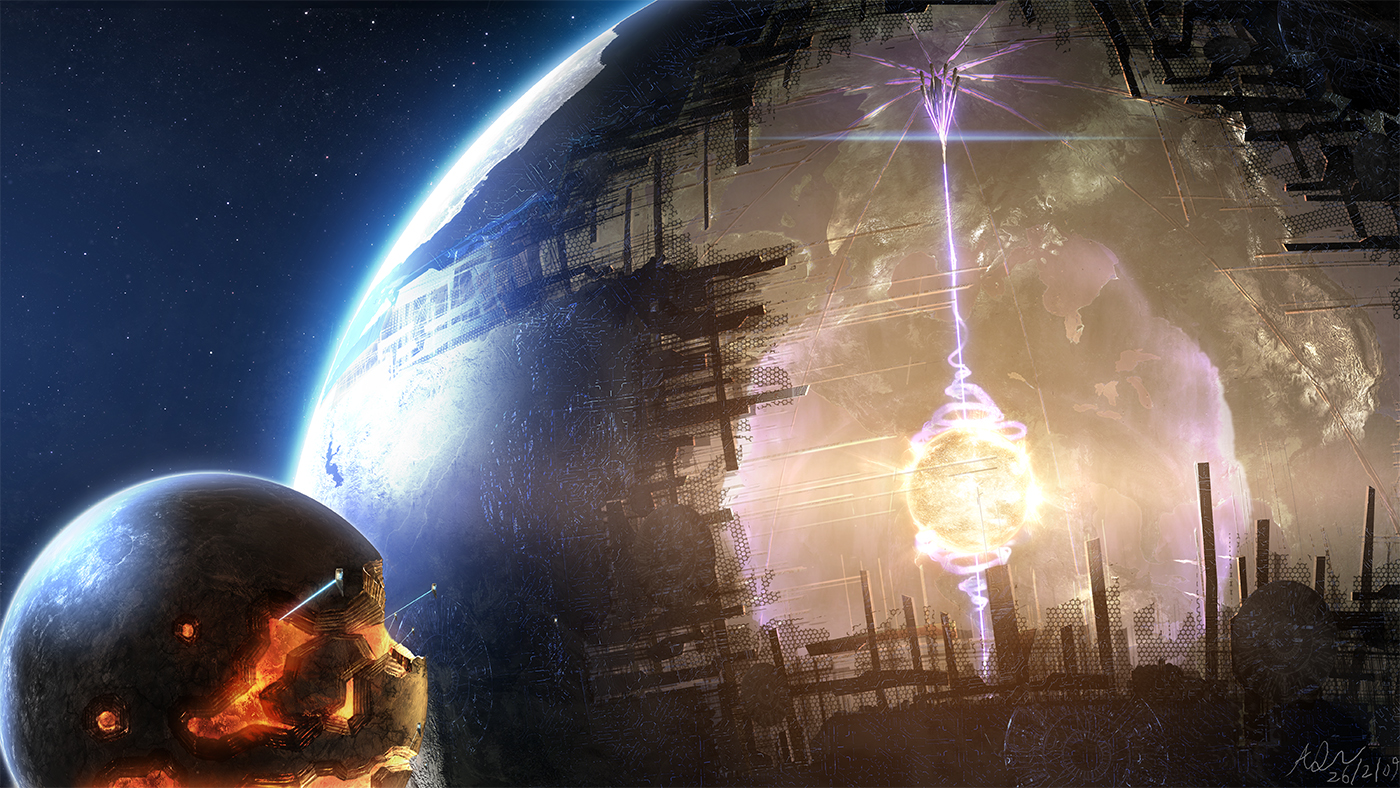
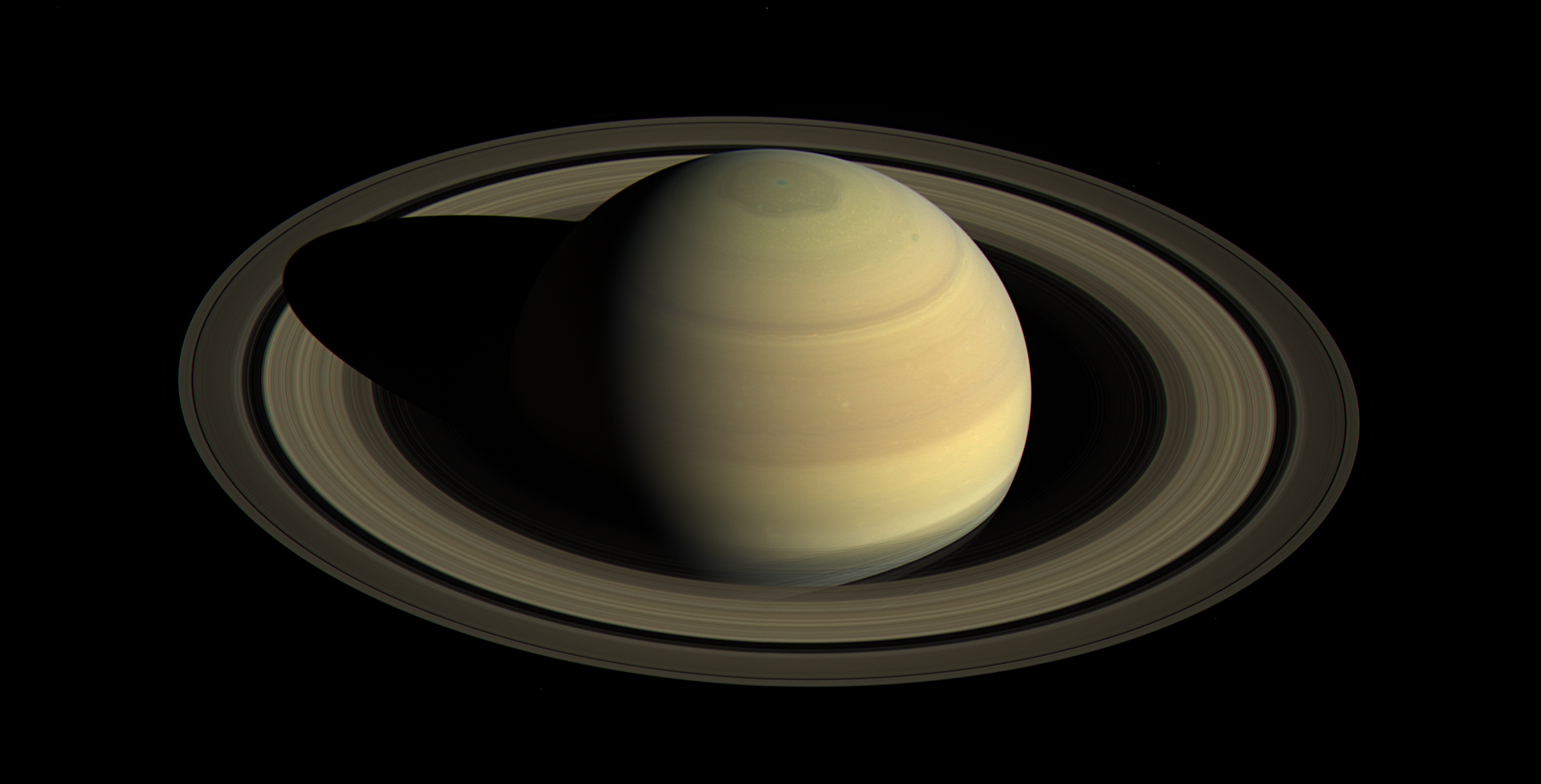
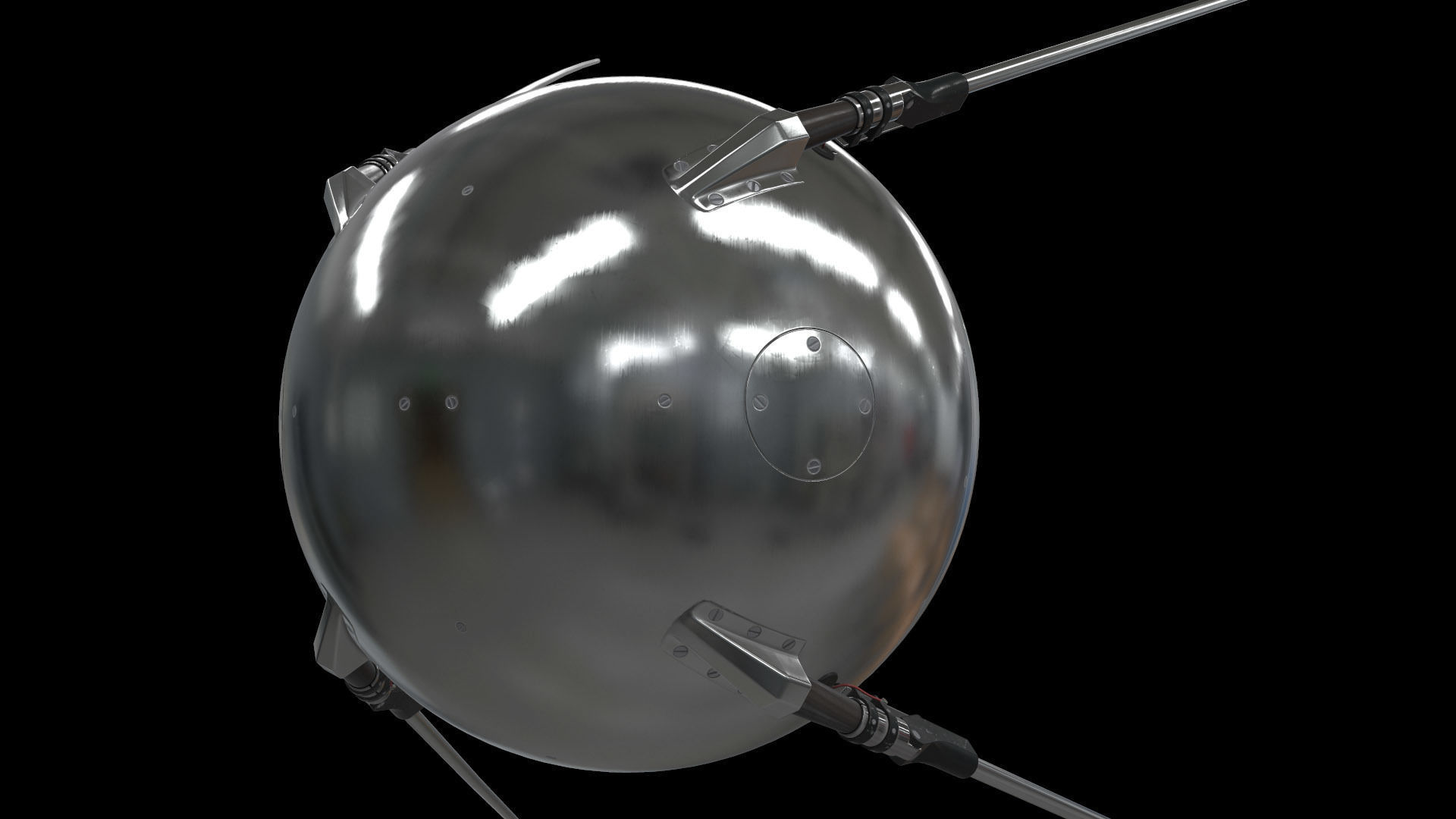
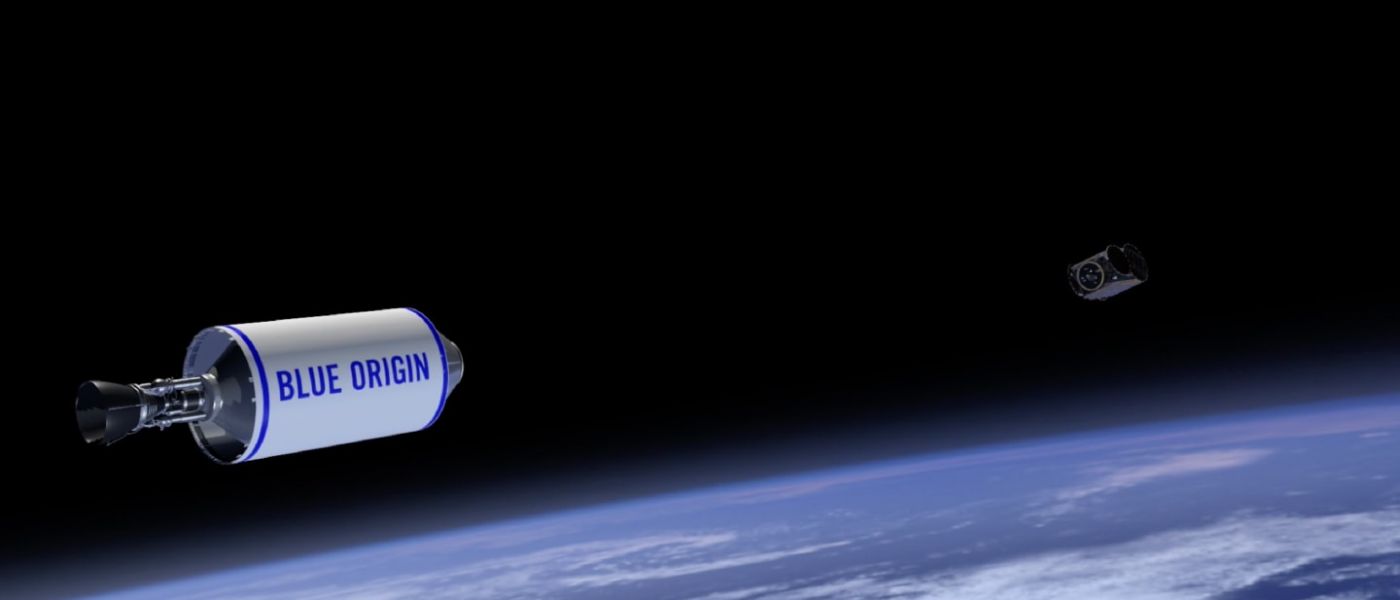
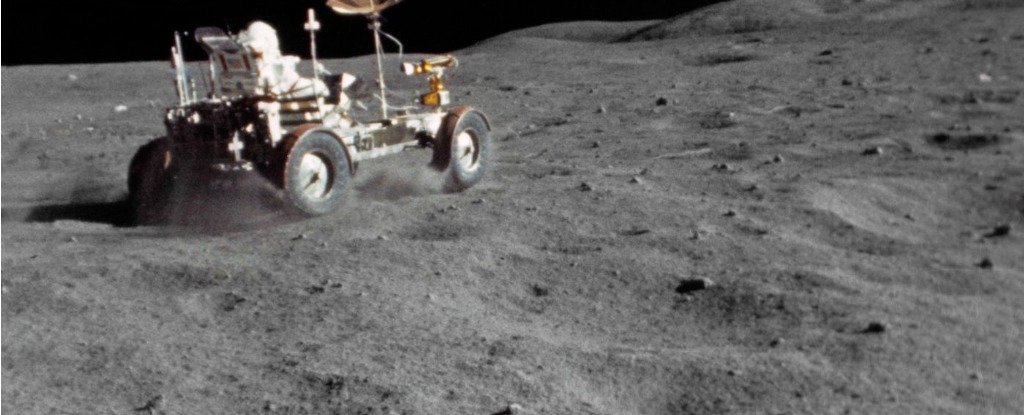
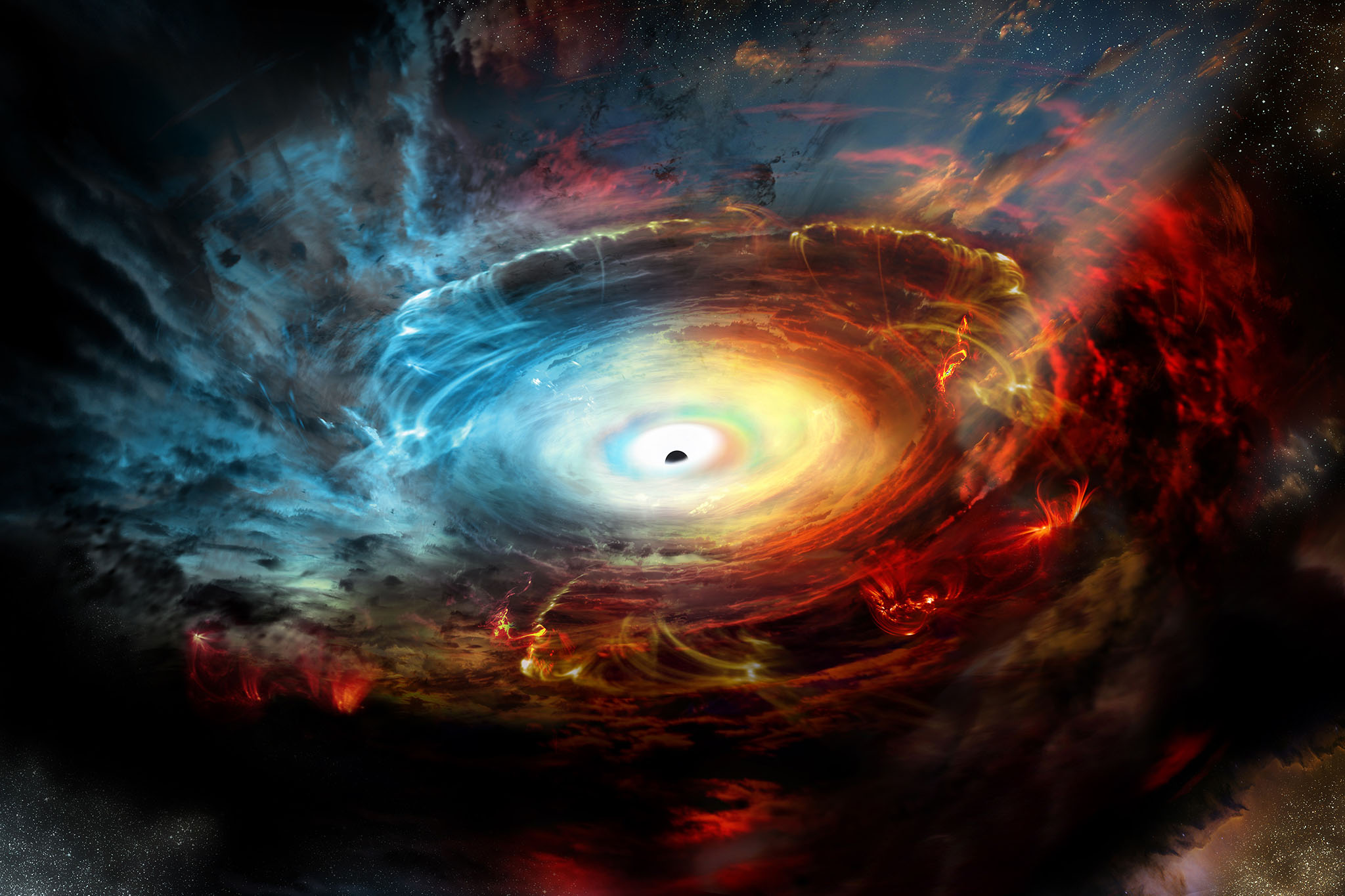
Comments (0)
This article has no comment, be the first!